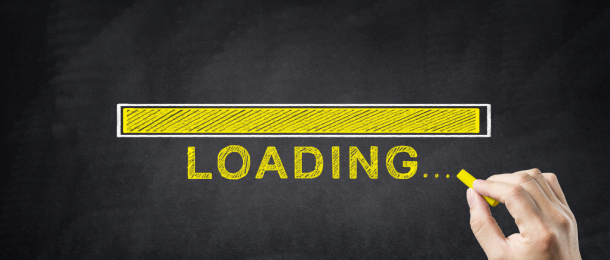The ATO has made changes to its voluntary disclosure form for SMSFs, which will now require at least one trustee or director of the corporate trustee to sign it before the regulator can accept and take action regarding the disclosure.
In an update on its website, the regulator stated that in late February it had made changes to the SMSF regulatory contravention disclosure form that clarified what a trustee had to do to voluntarily disclose unrectified regulatory contraventions or report a contravention involving another trustee.
In regards to disclosing unrectified contraventions, it stated: “Previously, the form only needed to be signed by tax agents and other authorised contacts on behalf of the SMSF.
“Now all voluntary disclosure forms must be signed by at least one trustee or director of the corporate trustee to comply with tax whistleblower laws.
“We are no longer able to accept voluntary disclosures if they are submitted without a completed form, are submitted on older versions of the form, aren’t signed by at least one trustee or director of the corporate trustee.”
It added that submitting a voluntary disclosure indicated the SMSF trustee was treating the contraventions seriously and had a plan in place to rectify the issue, however, it should not be used if the trustee has received notification of an ATO audit or review in relation to a contravention.
Additionally, the voluntary disclosure form should not be used if a trustee was reporting a contravention that involved another trustee and wants to keep their identity confidential, with the ATO directing those reports to its tip-off service.
In a separate update, the regulator reminded SMSF members they may receive a Division 293 tax assessment if their combined income and contributions are greater than $250,000 during a financial year and they held the responsibility to pay the tax, rather than their fund.
It noted the assessment would take place after an SMSF member had lodged their personal tax return and their fund had lodged its annual return, and the member had to personally take action if they received an assessment.
“Payment of this liability is the responsibility of the individual who received it and it must be paid by the due date on the assessment,” it stated, adding the member could release some of their super to pay the tax.
“Your SMSF can’t release any amounts until your member has made an election to release money from their super and your SMSF has received a release authority from us.”
Once the funds have been released, they will be used to pay the Division 293 liability and actioning a release of funds prior to receiving a release authority will create a contravention and may lead to penalties, it noted.


